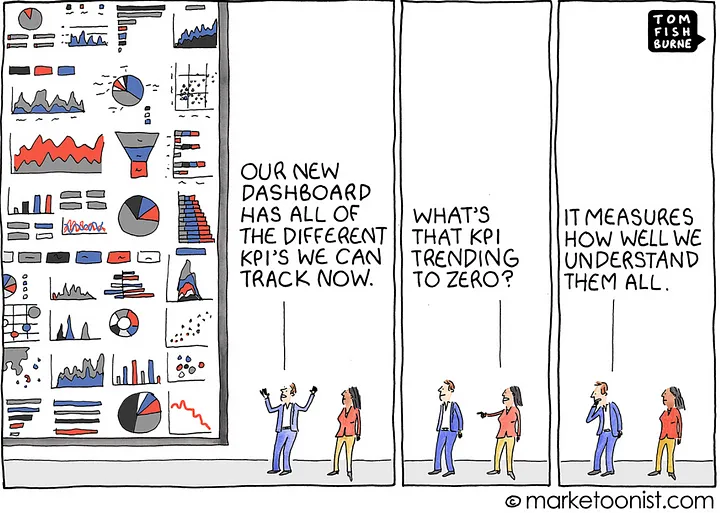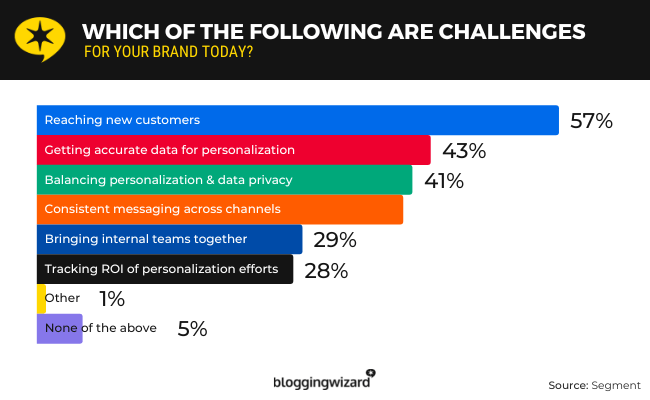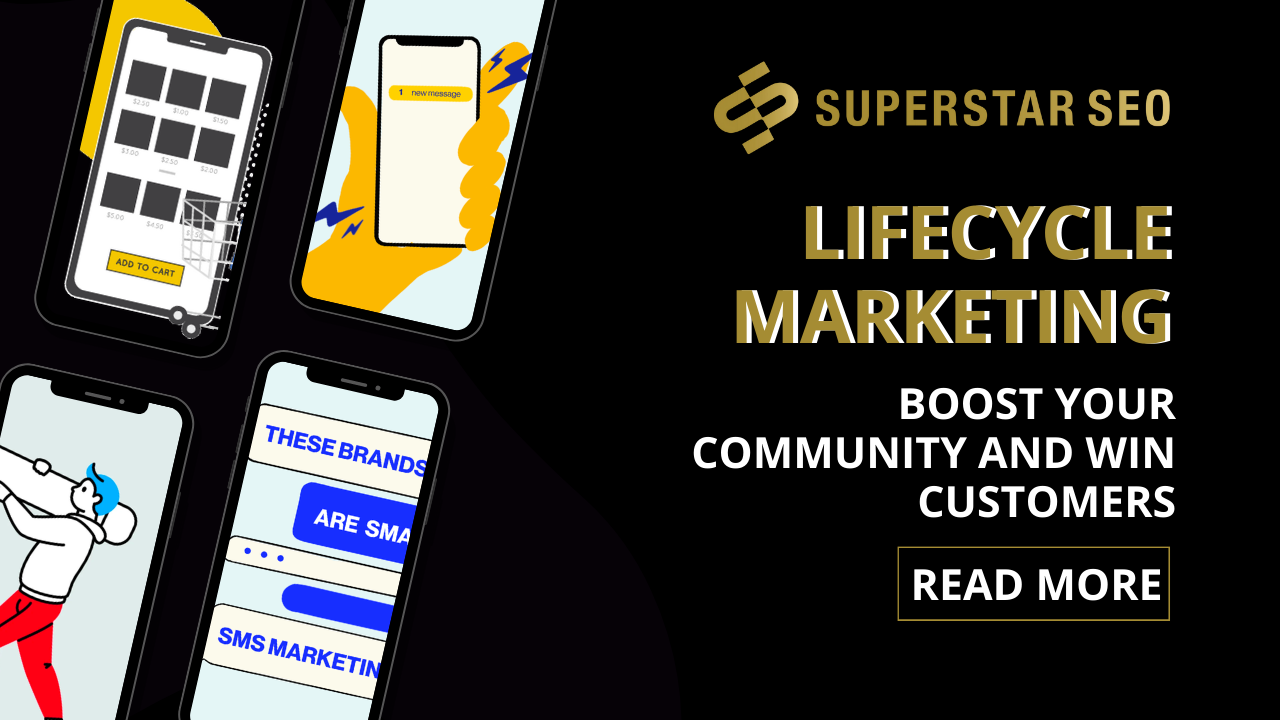Lifecycle Marketing: Boost Your Community and Win Customers
Lifecycle marketing! What even is that?!
Don’t let the name scare you; it’s not as daunting as it sounds.
In fact, it’s the secret sauce that’ll take your community marketing efforts to the next level.
Lifecycle marketing helps you create tailored messages and experiences for your customers at each step, building relationships and boosting conversions.
Plus, it’s a lot more fun than sending out a generic email blast to your entire mailing list and hoping for the best.
So, let’s explore the world of lifecycle marketing together and see how we can win over customers, one stage at a time.
What Is Lifecycle Marketing?
Lifecycle marketing is like a delicious seven-course meal – each course is carefully crafted to satisfy your taste buds and leave you feeling completely fulfilled.
But…Instead of appetizers, entrees, and desserts, you’re serving up targeted messages and experiences to your customers at each stage of their journey.
From the first bite of appetizer (potential customers who have never heard about your brand) to the last piece of dessert (loyal brand ambassadors), you’re guiding them through a mouthwatering culinary adventure.
But why bother with all the fuss?
Well– just like a good meal can leave you feeling satisfied and eager to come back for more, lifecycle marketing can help you win over customers and boost your bottom line.
By creating tailored experiences and messaging for your customers, you can build stronger relationships, boost conversions, and keep them coming back for seconds (and thirds… and fourths…).
What Should a Lifecycle Marketing Manager Pay Attention To?
- Potential customers who have never heard about your brand(s) or product(s) before
- Cart abandoners
- New visitors to your site
- New customers
- New email subscribers
- Potential customers who compare your brand to others
- Churned customers
- Active customers and brand ambassadors

Lifecycle Marketing Top Steps to Follow
What is lifecycle marketing?
It’s like being a matchmaker, but for businesses and their customers.
Instead of finding the perfect partner, you’re finding the perfect message and channel to reach your customers at each stage of their journey.
And just like a good matchmaker, you need to understand the triggers that will make your customers fall in love with you.
So, step one of lifecycle marketing is understanding the triggers at each stage.
- What’s going to get your potential customers interested?
- What will keep your new customers engaged?
- And how can you win back those who have become inactive?
These are the questions you need to answer in order to build strong relationships with your customers.
Step two is making sure that the message you send is related to the triggers at each stage.
Just like you wouldn’t send a love poem to someone you just met (creepy as hell), you don’t want to send the wrong message to your customers.
Personalization is KEY, whether it’s through targeted ads, personalized emails, or customized landing pages.
However, 41% of brands consider personalization as one of their main challenges today.

And finally, step three is choosing the right channel for your message.
Whether it’s through live chat, email, YouTube, social media, or carrier pigeon (okay, maybe not carrier pigeon), you need to make sure that your customers can engage with you on THEIR terms.
In the end, customer lifecycle marketing is all about building strong relationships with your customers.
You need to understand what your customers want, how they want it, and when they want it.
By following these three steps – understanding triggers, sending the right message, and choosing the right channel –you’ll be well on your way to making a match that lasts.
To Sum Up
In summary, lifecycle marketing is all about understanding your customers and their journey with your brand.
By knowing what triggers each stage of the customer lifecycle, you can send targeted and relevant messages that speak directly to their needs and desires.
It’s important to remember that not all customers are the same, and what works for one may not work for another.
That’s why by crafting messages that are tailored to each customer’s unique experience, you can build strong relationships that keep them coming back for more.
And, of course, choosing the right channels to deliver your message is crucial.
In the end, customer lifecycle marketing is all about building long-term relationships with your customers.
By following these steps AND continually refining your approach, you can create a loyal fan base that will not only stick with you but also become advocates for your brand.





